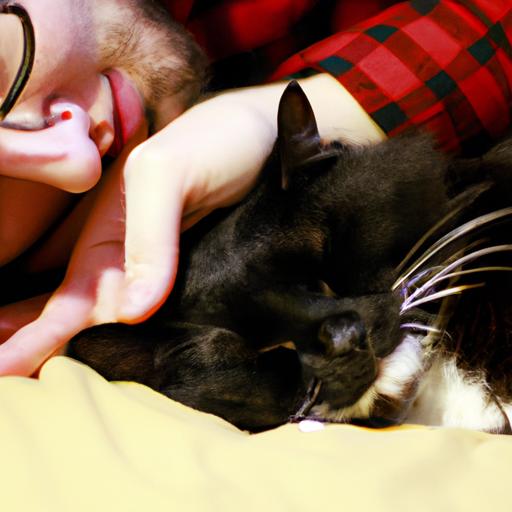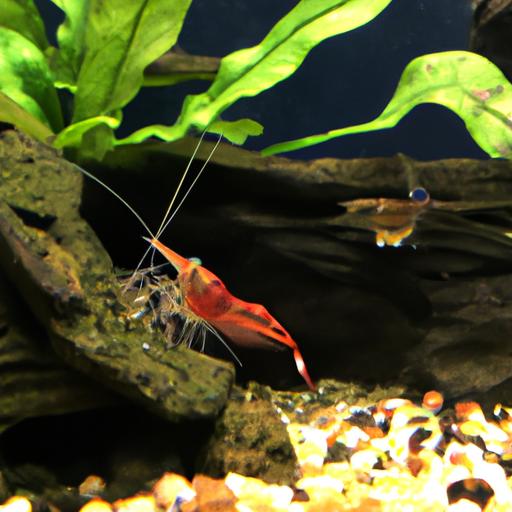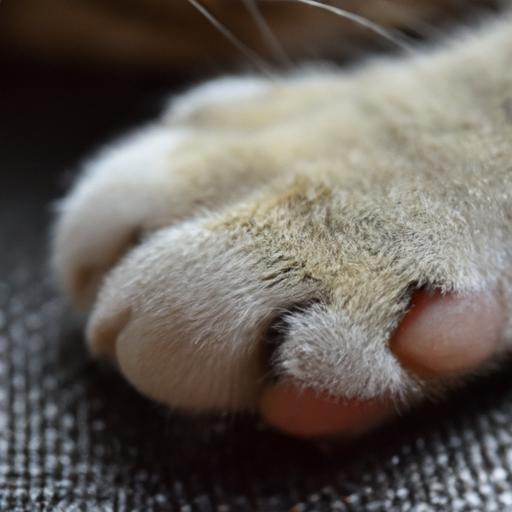
Building a Strong Bond with Your Cat
Discover effective tips and techniques for building a strong bond with your cat. Enhance your feline companionship and create a lasting connection.
Introduction
Building a strong bond with your cat is not only a rewarding experience but also essential for their overall well-being. Cats are known for their independent nature, but they still crave love, attention, and companionship. By understanding your cat’s behavior and taking the time to nurture your relationship, you can develop a deep and meaningful connection. In this article, we will explore effective techniques and tips to help you build a strong bond with your feline friend.
Understanding Your Cat’s Behavior
To build a strong bond with your cat, it is crucial to understand how they communicate and express their emotions. Cats have their unique ways of showing affection, such as purring, kneading, and even slow blinking. By recognizing these signs, you can better gauge their mood and respond accordingly. Additionally, understanding your cat’s body language can provide valuable insights into their feelings and needs.
For example, tail tapping behavior is often a sign of excitement or anticipation[^1^]. Purring, on the other hand, can indicate contentment and relaxation[^2^]. By familiarizing yourself with these behaviors, you can effectively communicate with your cat and establish a deeper connection.
Tips for Building a Strong Bond with Your Cat
-
Spending quality time with your cat: One of the most effective ways to build a strong bond is by dedicating quality time to your cat. Engage in interactive play sessions using toys and encourage them to chase and pounce. This not only provides mental stimulation but also strengthens the bond between you and your cat.
-
Establishing trust and respect: Positive reinforcement techniques, such as rewarding good behavior with treats or praise, can help build trust and respect with your cat. Avoid punishments or negative reinforcement, as this can damage the bond and create fear or anxiety. Consistency in your interactions and providing a stable routine also contribute to a strong bond.
-
Proper grooming and care: Regular grooming sessions, including brushing your cat’s fur, not only keep them clean but also provide an opportunity for bonding. This physical contact can be soothing for your cat and help strengthen your connection. Additionally, ensure your cat receives proper nutrition, regular healthcare check-ups, and a clean litter box to maintain their physical well-being and trust in you.
FAQ (Frequently Asked Questions)
How long does it take to build a strong bond with a cat?
Building a bond with a cat takes time and patience. It varies depending on the individual cat’s personality, past experiences, and the effort you put into the relationship. While some cats may warm up quickly, others may require more time to feel comfortable and secure. It is essential to respect your cat’s boundaries and allow the bond to develop naturally.
What if my cat is shy or fearful? How can I build a bond with them?
Shy or fearful cats may require additional patience and understanding. Allow them to approach you at their own pace, offering treats and gentle encouragement. Create a safe and quiet space where they can retreat and feel secure. Gradually introduce interactive play and positive reinforcement to build their confidence and trust in you.
Can I build a strong bond with an older cat?
Yes, it is possible to build a strong bond with an older cat. While they may have established habits and preferences, patience and consistency can help deepen your connection. Take the time to understand their needs and provide them with a comfortable environment. Engage in gentle play and offer them affection to build trust and create a loving bond.
How can I bond with a cat that has had a traumatic past?
Cats that have had traumatic experiences may require extra care and patience. Allow them to approach you at their own pace, providing a calm and safe environment. Avoid sudden movements or loud noises that may trigger anxiety. Engage in activities that promote trust-building, such as interactive play and gentle grooming. Consulting with a professional animal behaviorist can also provide valuable guidance in these situations.
Conclusion
Building a strong bond with your cat is an incredibly rewarding journey that enhances both your lives. By understanding your cat’s behavior, spending quality time together, and providing love, care, and respect, you can forge a deep and lasting connection. Remember to be patient, as bonds take time to develop. Embrace the uniqueness of your cat’s personality and enjoy the fulfilling companionship that comes with a strong bond.
Start implementing these tips today and watch your relationship with your feline companion flourish!
[^1^]: Understanding Cat Tail Tapping Behavior
[^2^]: Cat Behavior: The Meaning of Tail Purring
[^3^]: Understanding Cat High Five Behavior





















